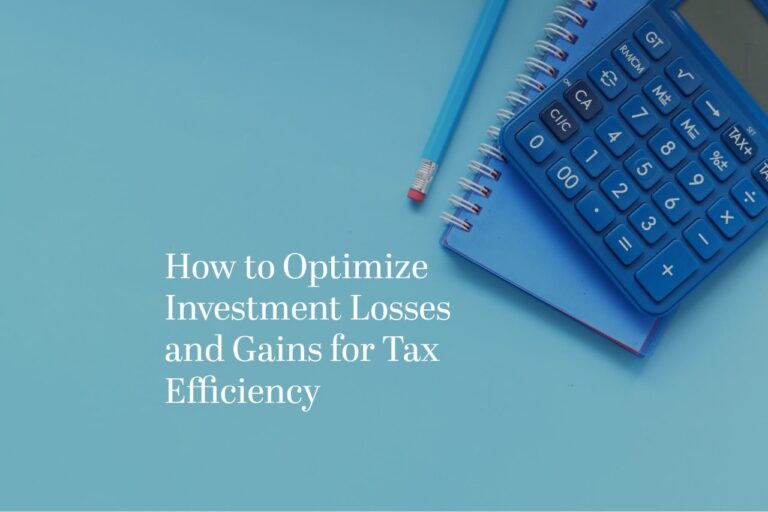Understanding the Potential of 529 Plans for Education Savings
The cost of higher education continues to rise, making it important for families to explore savings options that can help them manage future expenses. One widely used approach is the 529 plan, a tax-advantaged savings account designed specifically for education costs. Using 529 plans effectively can help you plan for short- and long-term education and investment goals.
Understanding 529 Plans
A 529 plan is a state-sponsored education savings program that offers tax advantages when funds are used for qualified education expenses. There are two main types of 529 plans: education savings plans and prepaid tuition plans.
- Education Savings Plans: These allow you to invest in a variety of financial assets, such as mutual funds, with the goal of growing savings over time. The funds can be used for tuition, fees, books, and other education-related expenses at eligible institutions.
- Prepaid Tuition Plans: These plans let you purchase future tuition at current prices, typically limited to in-state public institutions. Some states offer conversion options for private or out-of-state colleges.
Each state administers its own 529 plan, and while residency may affect eligibility for state tax benefits, funds can typically be used at institutions nationwide.
Tax Benefits and Contribution Considerations
One of the main benefits of 529 plans is tax-free growth when funds are used for qualified education expenses. Contributions are made with after-tax dollars, but the earnings grow tax-free at the federal level, and in many cases, at the state level as well.
Some states offer tax deductions or credits for contributions, which can provide additional savings opportunities. However, contribution limits vary by plan and state, so it is helpful to review state-specific guidelines when determining a savings strategy.
Using a 529 Plan for K-12 and Higher Education Expenses
529 plans were originally designed for college savings, but have expanded in recent years to cover other education expenses. You can now use funds for K-12 tuition at private and religious schools, with an annual limit of $10,000 per student. Additionally, up to $10,000 can be used to repay student loans for the beneficiary and their siblings.
When planning for college, you should consider eligible expenses, including tuition, room and board, mandatory fees, books, and computers. It is important to review each school’s cost structure to determine how savings will be applied.
Investment Strategies for 2025
529 plans offer a range of investment options, often including age-based portfolios that adjust risk levels as the beneficiary nears college age. Plans for younger children typically have more exposure to equities for potential growth, while plans for older students transition to more conservative investments.
If you are starting to save in 2025, factors such as inflation, market conditions, and interest rates may influence investment choices. Some people may prefer diversified options, while others may look for stability in conservative portfolios.
Regularly reviewing investment performance and adjusting contributions can help align savings goals with expected expenses. Many plans allow for changes to investment allocations twice per year, which can be adjusted based on financial circumstances.
What Happens if the Beneficiary Doesn’t Use the Funds?
If the original beneficiary does not use the funds, you have several options. One approach is to change the beneficiary to another eligible family member, such as a sibling, cousin, or even a parent returning to school. Funds can also be used for graduate school or rolled over into a 529 ABLE account for individuals with disabilities.
As of 2024, account holders can roll over unused 529 funds into a Roth IRA under certain conditions. This new option provides additional flexibility, allowing you to repurpose savings without penalties, subject to contribution limits and eligibility requirements.
If funds are withdrawn for non-qualified expenses, earnings are subject to income tax and a 10% penalty. Reviewing options before withdrawing can help minimize tax implications.
Comparing State Plans and Choosing the Right One
Each state offers its own 529 plan, and you do not have to choose the one from your state of residence. Some states provide additional tax incentives or lower fees, which may make certain plans more attractive.
When evaluating options, key factors include:
- Investment choices and performance history
- Management fees and administrative costs
- State tax benefits and contribution limits
- Flexibility in fund usage
Researching different plans and comparing their features can help you select an option that aligns with your financial goals.
Incorporating 529 Plans into a Broader Education Savings Strategy
While 529 plans provide valuable tax benefits, they are one part of a broader education savings strategy. You could also consider custodial accounts, Coverdell Education Savings Accounts, or traditional investment accounts, depending on your financial situation and goals.
Some families use a combination of savings vehicles to maintain flexibility, especially if they anticipate funding expenses beyond tuition and fees. Discussing options with a financial professional may provide additional insight into balancing savings and investment approaches.
Planning for Withdrawals and Managing Expenses
As college approaches, you should develop a withdrawal strategy to avoid unexpected tax consequences. Qualified withdrawals should be matched with eligible expenses in the same tax year to maintain tax-free status.
Some schools allow direct payment from 529 accounts, while others require reimbursement to the account holder. Keeping detailed records of expenses can help ensure compliance with tax rules.
Using 529 Plans Effectively: The Bottom Line
529 plans remain a useful tool for education savings in 2025, offering tax advantages and investment flexibility. If you are looking to save for college or other educational expenses, it’s important to understand your options, compare plans, and develop a strategy that aligns with your financial goals. Regularly reviewing your contributions and investment performance can help you adapt to changing circumstances and education costs.
Illuminated Advisors is the original creator of the content shared herein. I have been granted a license in perpetuity to publish this article on my website’s blog and share its contents on social media platforms. I have no right to distribute the articles, or any other content provided to me, or my Firm, by Illuminated Advisors in a printed or otherwise non-digital format. I am not permitted to use the content provided to me or my firm by Illuminated Advisors in videos, audio publications, or in books of any kind.








